shillise
TPF Noob!
- Joined
- Dec 27, 2016
- Messages
- 3
- Reaction score
- 2
- Can others edit my Photos
- Photos OK to edit
Hi everybody 
How do I take night/Christmas light photos like the ones on this gorgeous Instagram account - Nicola Easterby (@polkadotpassport) • Instagram photos and videos
(@polkadotpassport) • Instagram photos and videos
I currently have a Canon t4i with the standard kit lens and also a 40mm pancake lens. Do I need to upgrade to a different lens to get the blur and capture the lights? And are there any tutorials I can follow to learn these techniques too?
Thanks!
How do I take night/Christmas light photos like the ones on this gorgeous Instagram account - Nicola Easterby
I currently have a Canon t4i with the standard kit lens and also a 40mm pancake lens. Do I need to upgrade to a different lens to get the blur and capture the lights? And are there any tutorials I can follow to learn these techniques too?
Thanks!


![[No title]](/data/xfmg/thumbnail/39/39225-99d579cd498f8f152a288d7e8e7ad2a4.jpg?1619738926)
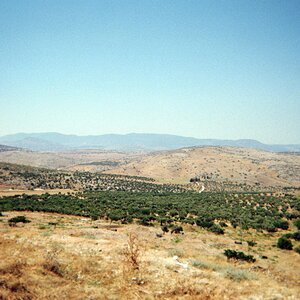


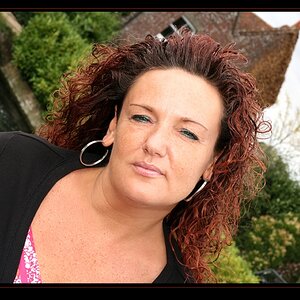

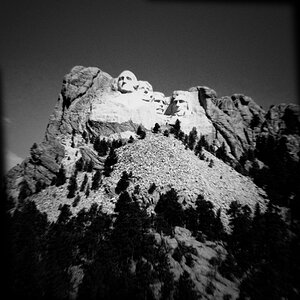
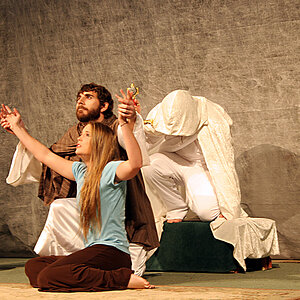
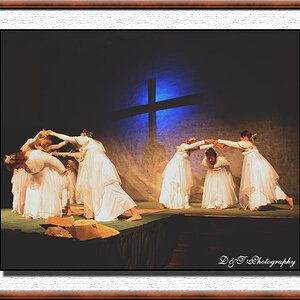
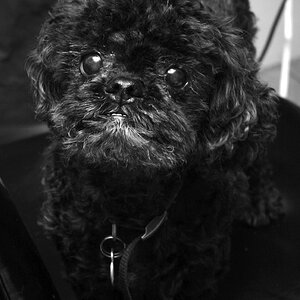
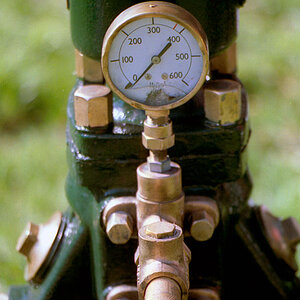
![[No title]](/data/xfmg/thumbnail/36/36966-71220579619c9a335442302fce0e57aa.jpg?1619737842)